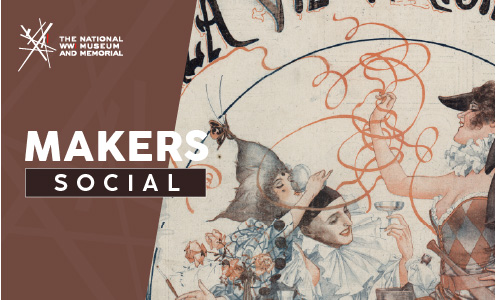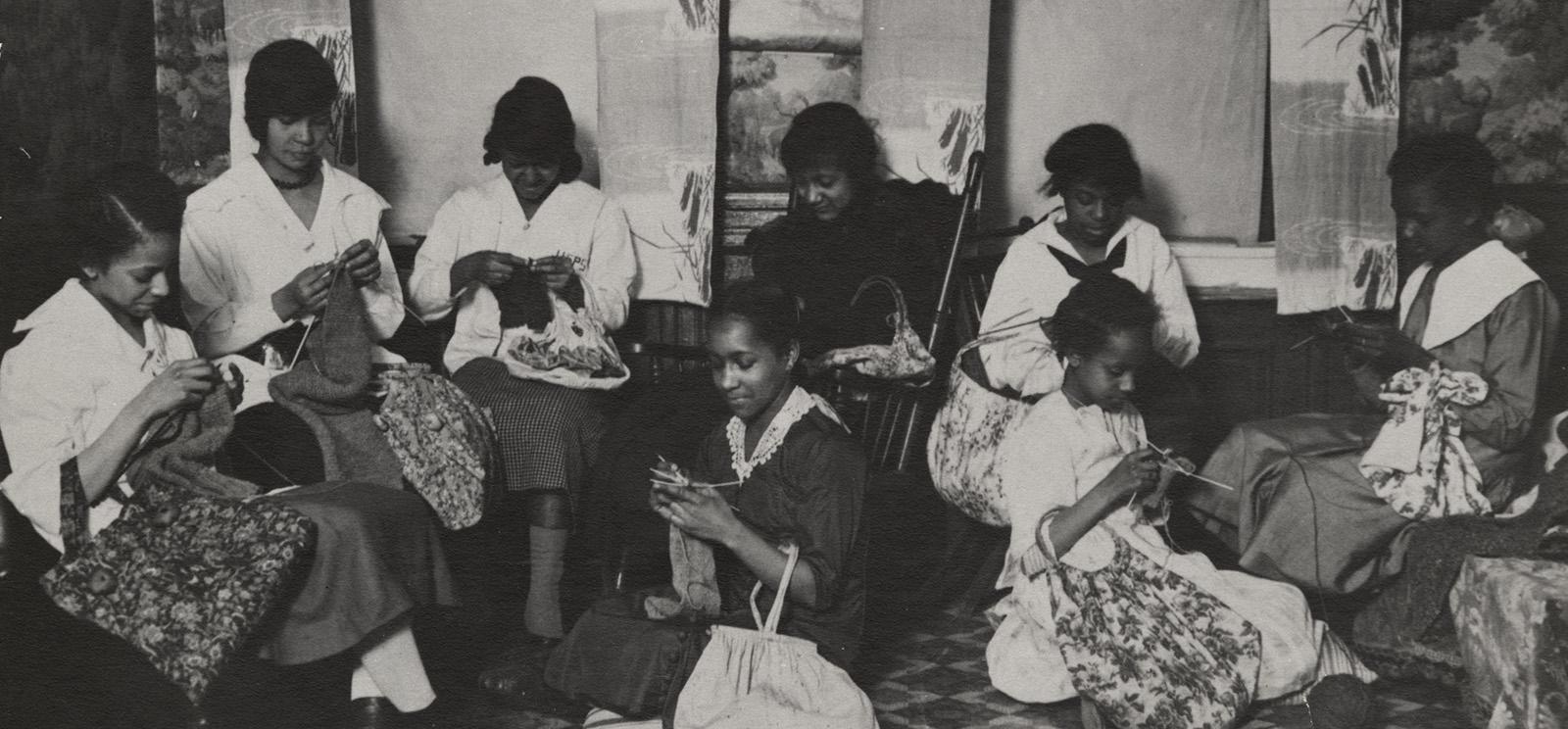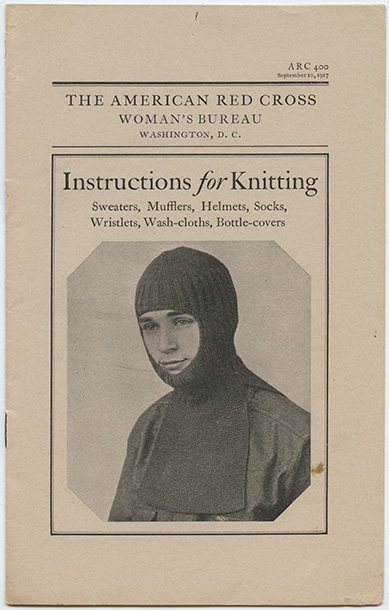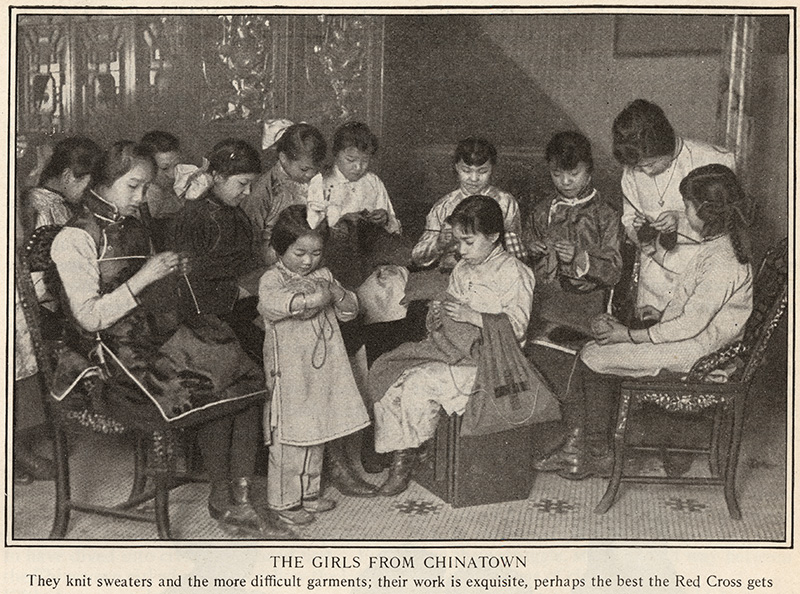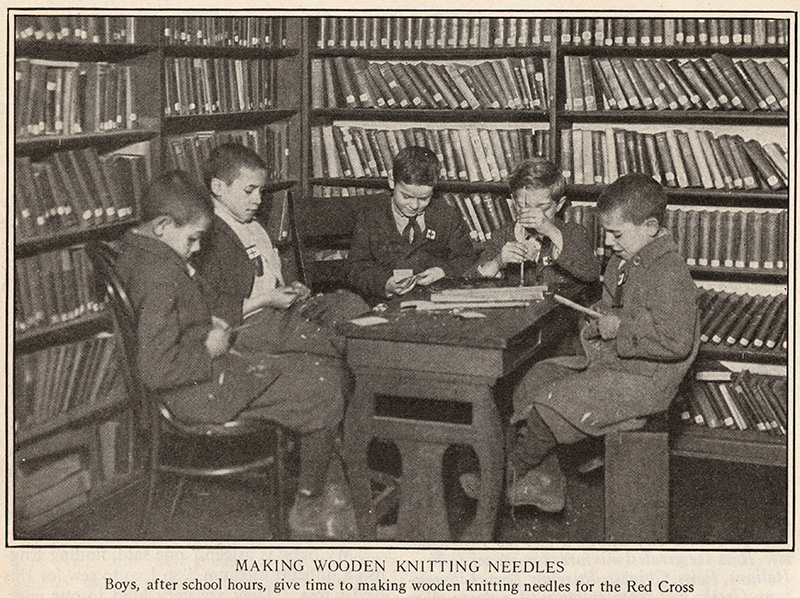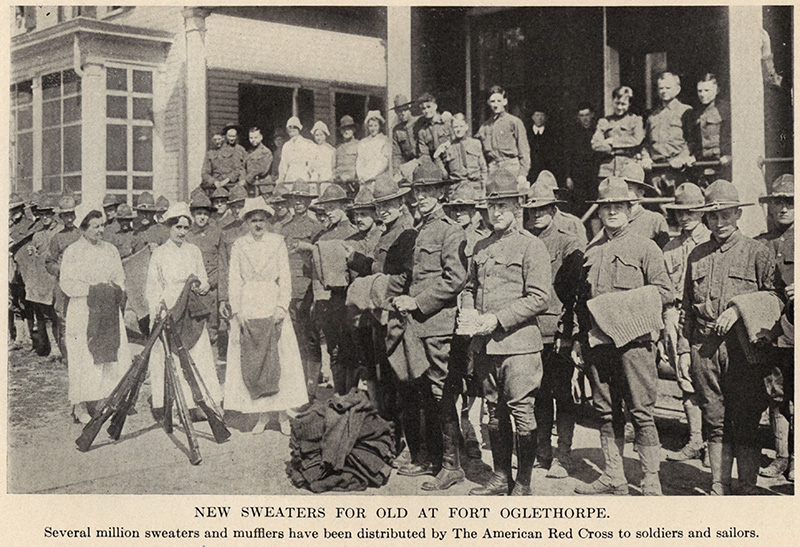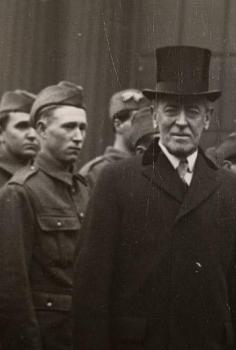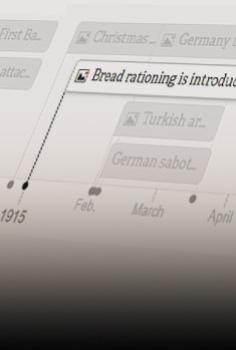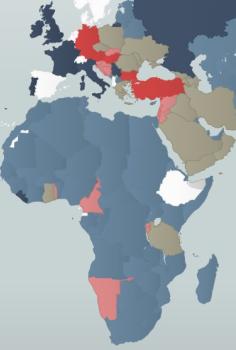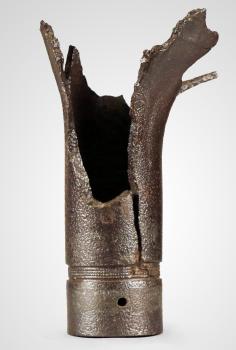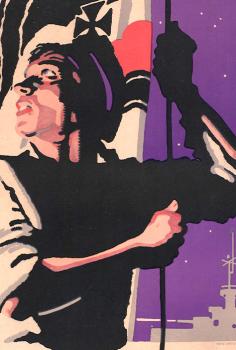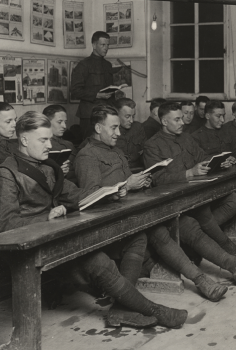First Lady Edith Bolling Wilson, who volunteered with the Red Cross, actively supported the campaign during the presidency of her husband, Woodrow Wilson. Incredibly, in 1918, the White House managed a flock of up to 48 sheep on its grounds to maintain the lawn and produce wool for auction—from this, $52,823 was fundraised and donated to the Red Cross. (And now you know why we named our program after Mrs. Wilson.)
In large cities, work rooms were created for volunteers – women, children and men alike – to come together, learn the patterns and host large “knitting circles” to produce the requested materials. Volunteer knitters dedicated two million hours – nearly 230 years’ worth of labor – in the 18 months the United States was at war. By its end, they used 45 million pounds of wool and made 22 million garments to support soldiers stationed domestically and overseas.
